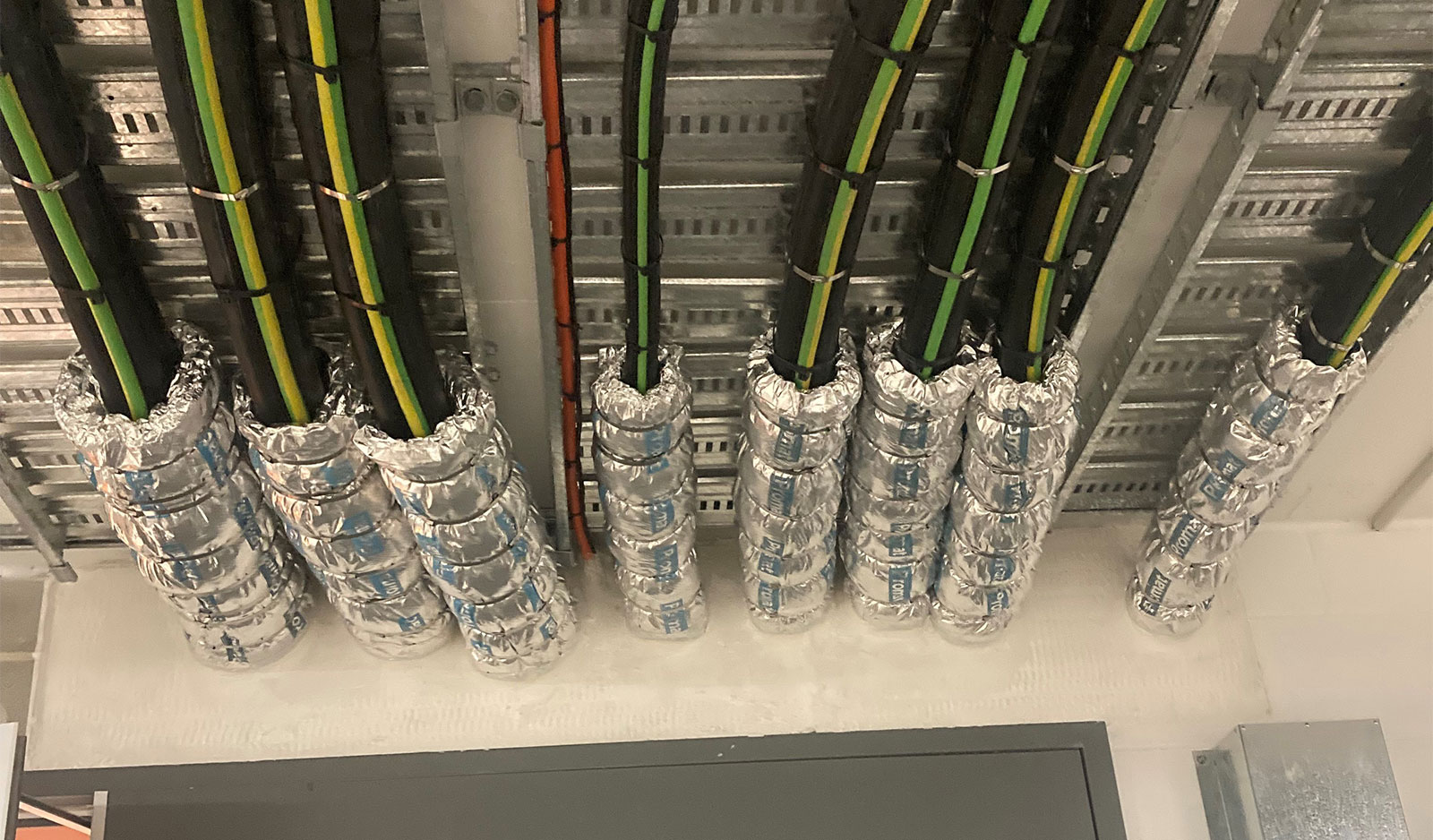Key Insights
An integral aspect of ensuring the effectiveness of passive fire protection is the Penetration Audit. In this blog post, we will explain the significance of Penetration Audits for buildings in Australia and why they are a critical component of a comprehensive fire safety strategy.
Fire Penetrations 101
Passive fire protection involves designing and implementing structural elements and materials within a building to contain and prevent the spread of fire. This includes fire-resistant walls, floors, doors, and other elements that act as barriers to fire, giving occupants valuable time to evacuate.
Buildings are not homogeneous entities; they have various openings, such as doors, windows, and service penetrations (for pipes, cables, etc.), which can compromise the integrity of the in-place fire barriers. These openings in the fire barriers create potential pathways for fire to spread between compartments, rendering the installed fire-resistant materials less effective, however adequate treatment of the services going through these barriers will restore this protection.
Why Does My Building Need a Penetration Audit?
A Penetration Audit is a systematic evaluation of a building’s passive fire protection systems, specifically focusing on penetrations through walls and floors. This audit aims to identify any breaches or weaknesses in the fire-resistant barriers caused by running pipes or cables.
- Compliance with Regulations:
Australian building codes and regulations mandate adherence to strict fire safety standards. Penetration Audits are essential for ensuring compliance with these regulations, preventing potential legal ramifications.
- Enhanced Safety:
Penetration Audits contribute significantly to enhancing safety to lives in the event of a fire. By identifying and rectifying breaches in passive fire protection, the audit ensures that occupants have more time to safely evacuate the building.
- Protection of Property:
Penetration Audits protect property by minimising the risk of fire spreading throughout a building, reducing the potential for extensive damage and financial losses.
- Peace of Mind for Building Owners:
Building owners and managers gain peace of mind knowing that their investment is protected against the devastating consequences of fire. Regular Penetration Audits provide assurance that the passive fire protection systems are in optimal condition.
In conclusion, Penetration Audits are a fundamental component of ensuring the effectiveness of passive fire protection in Australian buildings. By identifying and rectifying breaches in fire-resistant barriers, these audits contribute to both compliance with regulations and the overall safety of occupants and property. Building owners and managers should view Penetration Audits not just as a regulatory requirement but as a proactive measure to mitigate the potentially catastrophic consequences of fire incidents.

Related articles
Fire Prevention specialist





